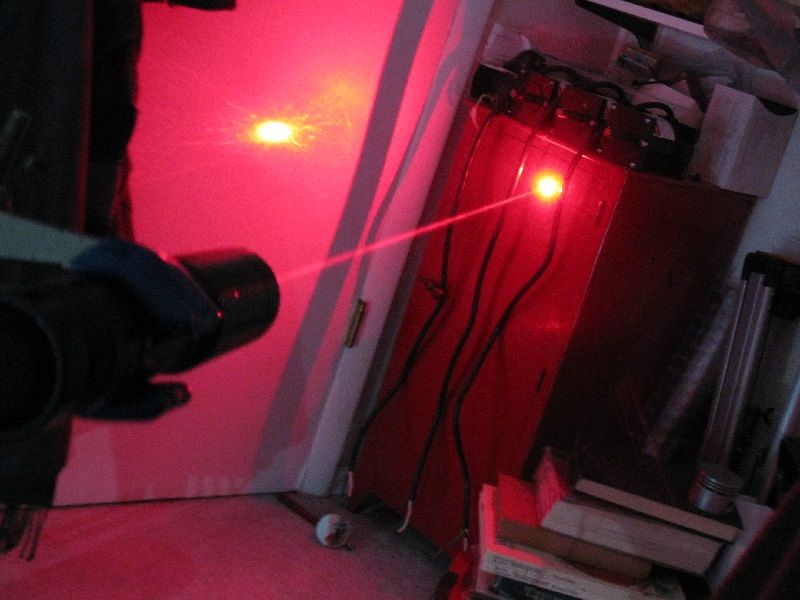- Joined
- Feb 21, 2013
- Messages
- 5,013
- Points
- 0
IMO you need to know how to use a 35mm in order to be a good photographer. The whole concept of ISO, shutter speed, exposure, focus, etc is the essence of 35mm. Now its all done for you (I say now and I'm only 22 :crackup I need to invest in a good DSLR but I've put most of my money in lasers, flashlights, my dirtbike, GF and now a projector. Not that waiting is a bad thing since technology only gets better
I need to invest in a good DSLR but I've put most of my money in lasers, flashlights, my dirtbike, GF and now a projector. Not that waiting is a bad thing since technology only gets better 
Plus now you can get an adapter and use most 35mm lens on a DSLR body. Modern technology meets old school lens :beer:
Plus now you can get an adapter and use most 35mm lens on a DSLR body. Modern technology meets old school lens :beer:




